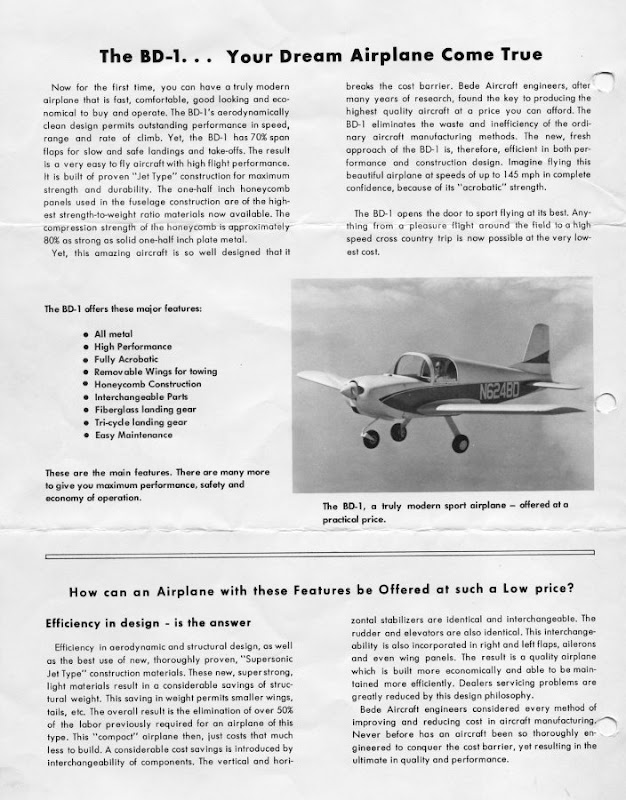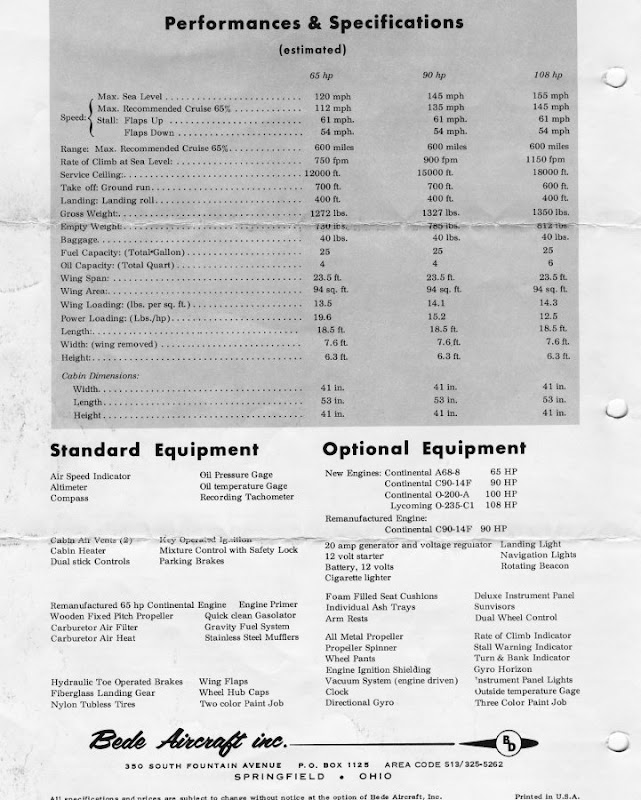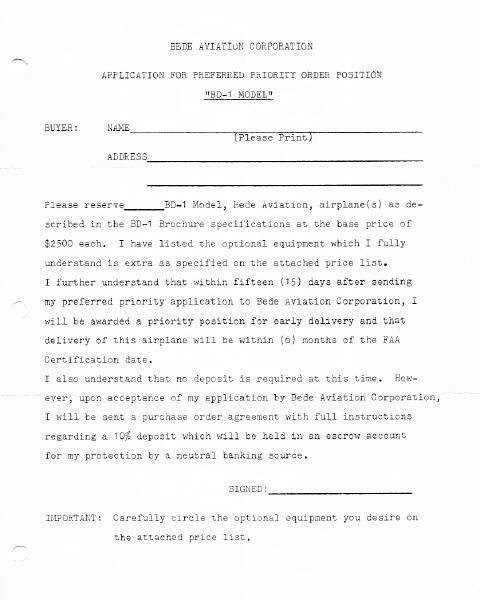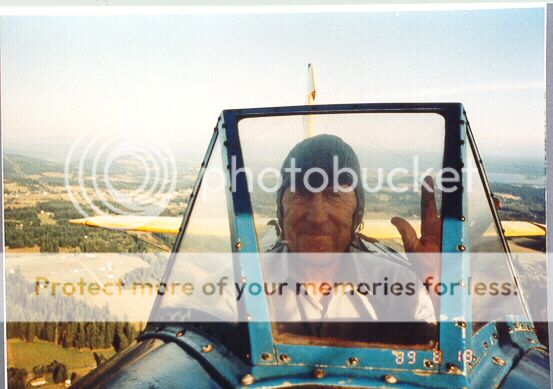No, it was not designed as a "cheap flight school aircraft." Jim Bede designed it as a low-cost sport plane for private owners -- sort of the niche that RVs occupy now. He intended to market the BD-1 with a range of engines, from a remanufactured A65 (with a fly-away-from-the-factory price of $2,500 in 1964-era dollars) up to the same new 108-hp Lycoming that powered the production AA-1.
He also intended that it be certified for aerobatics and that it have removable wings for towing. He had a good basic design, but Bede needed to get out of the way so that grown-ups (American Aviation Corp.) could make the changes necessary to actually get the airplane certified and into production.
The AA-1, introduced in fall 1968, was not primarily marketed as a trainer, though it did offer a "Trainer" package of options like the C-150 and Cherokee 140. The AA-1A of 1971 had gentler stall characteristics and lower approach speeds, at the cost of a few knots of cruise speed. It had no chance competing as a trainer, though, because in those years Cessna and Piper were at the peak of their power in the market. No way did American Aviation have the resources to develop a dealer/flight school network to compete with the giants. When Grumman bought out the company in 1972, their attention was directed more to the four-seat family touring models.
Still, I can't think of another start-up GA company in that era that did as well with an all-new trainer -- can you?
I enjoyed instructing in the AA-1, and they were in demand with our students and renters. It was roomy, comfortable and economical, with fantastic visibility. It had a modern instrument panel. It was a joy to fly. (I once gave an AA-1 demo ride to a WW2/Korea ace with 18.5 kills in P-47, P-51 and F-86 -- he loved the AA-1.) My only gripe about it was that it was noisy inside, and those were the days before we routinely used headsets.
I thought it was a good trainer for those intending to move right up to higher-performance aircraft.







 Like I said, a typical Jim Bede deal. Not one BD-1 was delivered IIRC.
Like I said, a typical Jim Bede deal. Not one BD-1 was delivered IIRC. , but he was a great man! Wally Olson at Evergreen Field, Vancouver, WA.
, but he was a great man! Wally Olson at Evergreen Field, Vancouver, WA.